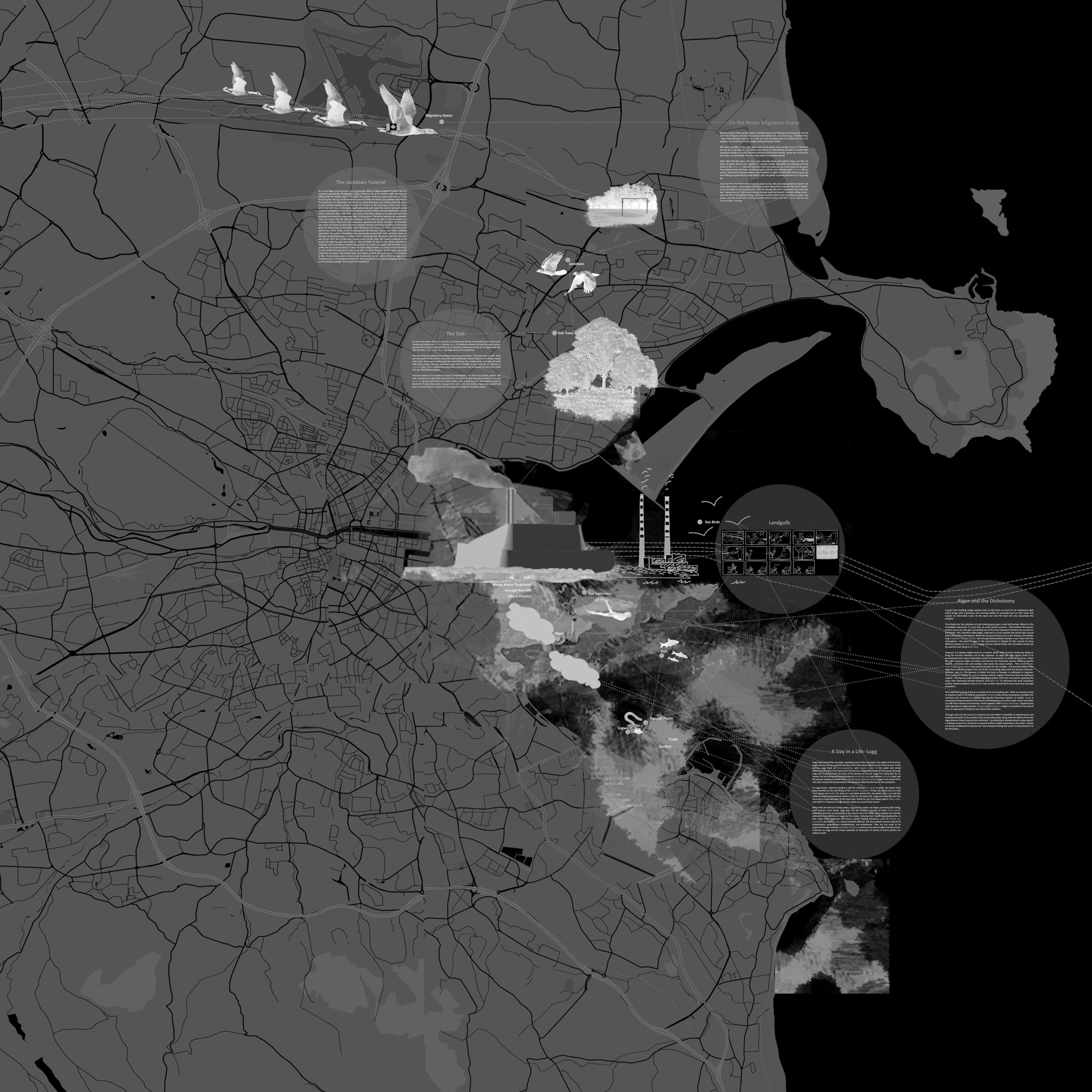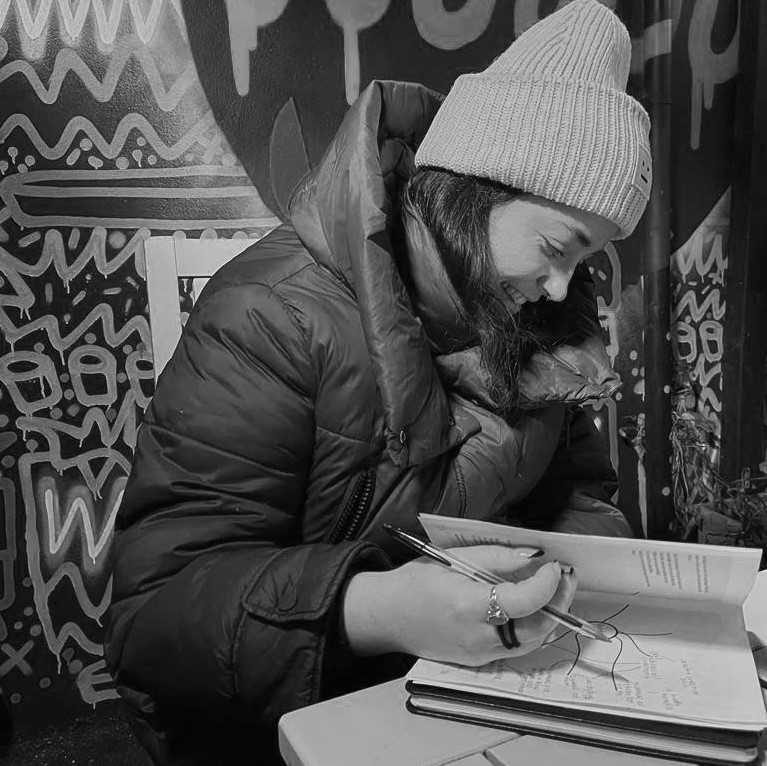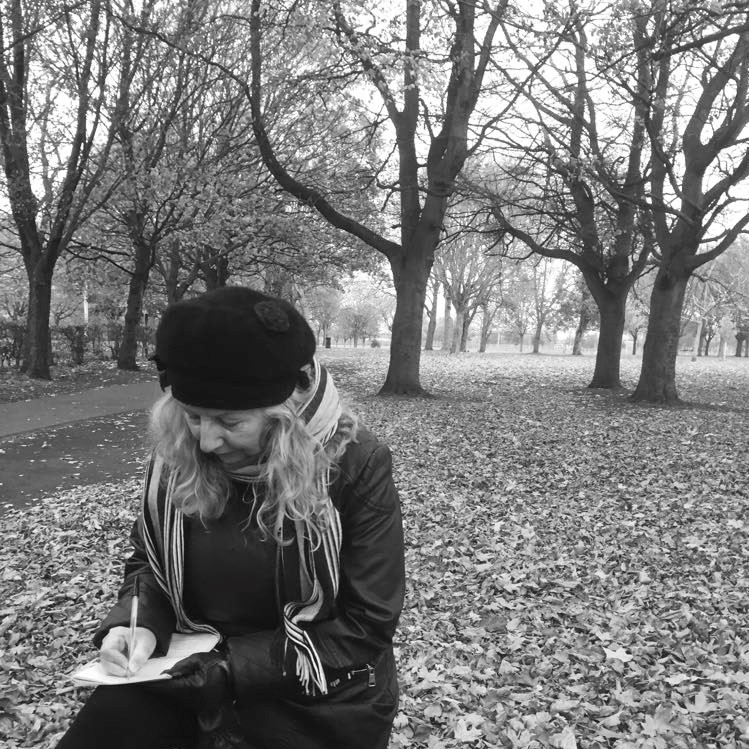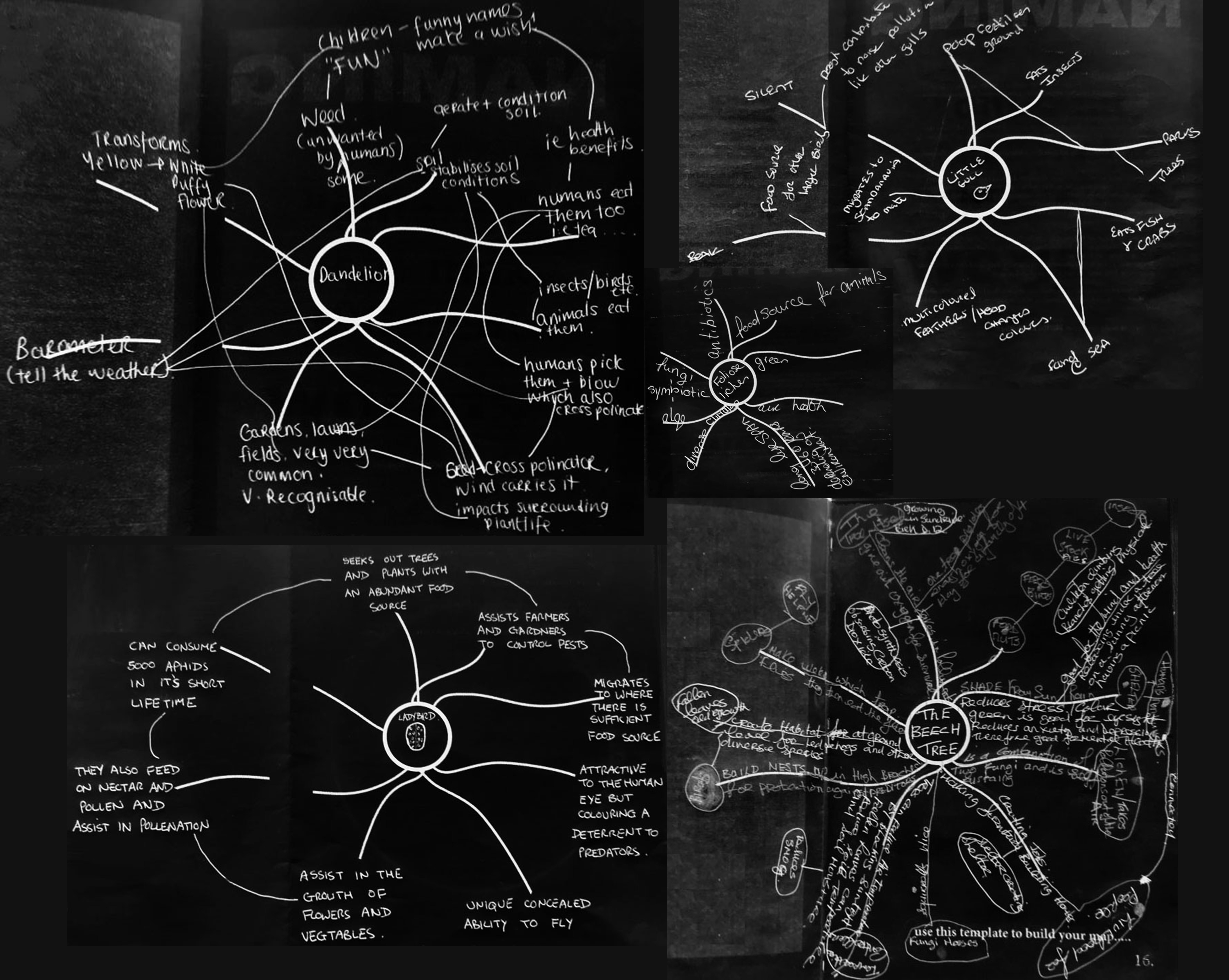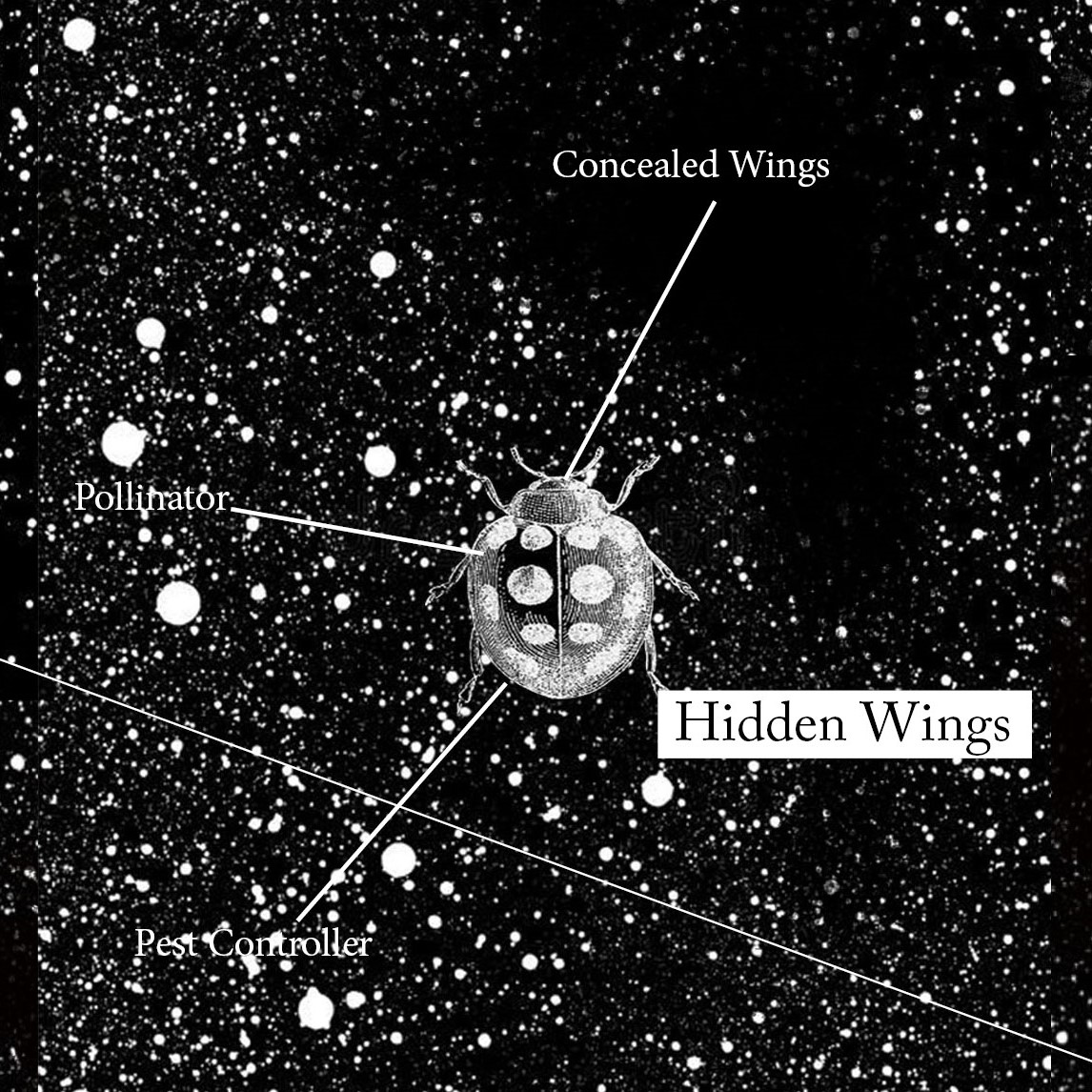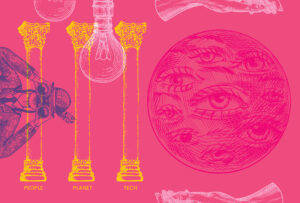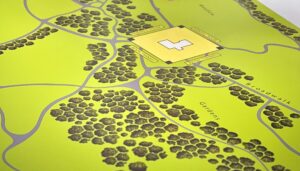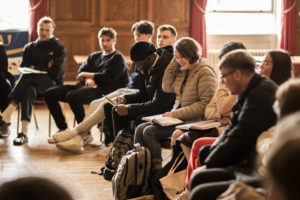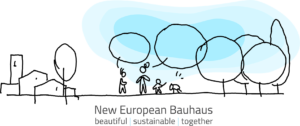Situated at the tipping point of the collapse of ecological and climatic stability, we need to radically re-evaluate our current relationships with our more than human worlds and find new ways of becoming.
Project Description
The project set out to facilitate these perspectives through a series of designed experiments that were tested through participant engagements alongside different identified more than human actors. The project is developed by engaging with ideas of interconnectedness, entanglement and agency and draws from theories to guide our thinking and open potential new ways of knowing. These thinking tools also guide us towards designing our own tools for engagement.
Each exercise aims to build further on the participants’ knowledge of their chosen actor, deepen their understanding of the interconnections that exist and challenge their thinking. The first iteration of the process was tested during a charrette and a revised process was later retested and developed in the form of a workbook.
The process begins with a grounding in ideas and theories to challenge our thinking. We then set out to explore our more than human environments and we used wayfaring (Ingold) as a method for gathering new knowledge and refocusing our awareness. Mapping is used as a way of understanding the meshworked nature of our worlds. Here we mapped out the relationships, connections and points of interaction that make up our complex interwoven environments. We looked then to challenge our western understanding of how things of this world are classified and drawing from folk taxonomies and indigenous ways of knowing, we set out to create new names for our more than human actors. The names we create aim to capture storied knowledges (Ingold) that can offer “real information about the ecological relations in the world” (Sinclair). Our final exercise is storytelling. We used storytelling as a tool for reflection, and as a container and communicator of the knowledge we gathered.
Impact
Participants found enjoyment in the exercises, experienced moments of curiosity, new understanding and connection. What remains evident is that we do struggle to move beyond our anthropocentric views. Without other ways of seeing and knowing, our attention and awareness remains within this confinement. And although it may be a great challenge to move beyond this completely, it is important that we continue to challenge it and attempt to bring an awareness beyond it. It has never been more important that we do.
-
Stories for a Non-anthropocentric World
